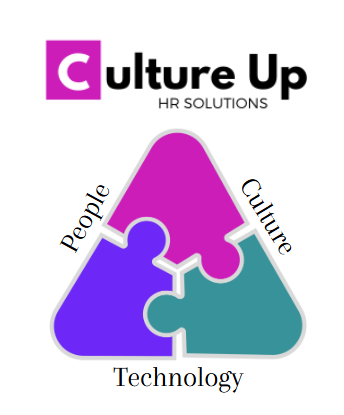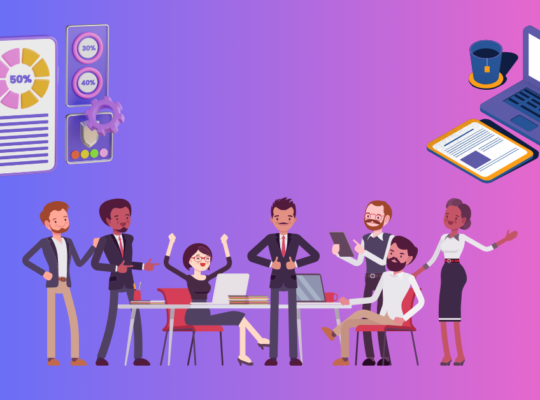In my previous post, I discussed my experience with racism during my career. I believe that in order for a Human Resources Professional to be able to provide guidance and training on Diversity, Equity, and Inclusion (D/E/I) topics, they have to have the knowledge and experience in the areas to be effective. An HR Professional that has never been on the receiving end of stereotyping, prejudice, racism, etc. may be very knowledgeable, however they will most likely never understand the emotional aspect of it and how those thoughts and feelings can make or break us over time.
Over the last year, many HR professionals were forced to start focusing on education surrounding D/E/I strategies due to the BLM movement. Suddenly HR was in the spotlight, expected to have all of the answers on how to “fix” things in their organizations. HR needed to show that they were doing something, that their organizations were up to the challenge. I made sure to attend webinars and forums to not only hear about what we need to do but hear the stories of others who have been marginalized and how they overcame their obstacles in life to become successful professionals.
Unfortunately, with all the noise out there, some companies and even HR professionals are not clear on how to get started. Some think that inviting staff to complete a Diversity & Inclusion training webinar is sufficient. It’s a start, however there is a lot more work to be done. Organizations need a full plan. A plan is a collection of actions, behaviours, policies, training, and culture. These all work together to support and celebrate diversity, eliminate barriers for marginalized groups, and actually create a Diverse, Equitable, and Inclusive workplace.
Here is my advice to organizations…
- Learn the lingo, understand the concepts
- This is where those company-wide training courses and seminars come in handy.
- It is important for everyone to understand the impact of racism and inequality and its impact in the workplace and in society.
- There are many HR Consultants available that can provide in-depth training to groups, teams, individuals.
- In-depth training can be targeted to different audience groups e.g. C-suite, people managers, and front-line workers.
- There are many online resources available. For an in-depth read on the current state in Canada, you can read this report from Deloitte:
- Form a committee
- A committee needs to be formed to ensure that there is adequate representation from different levels, teams, backgrounds, etc.
- Having the committee formed with staff from different levels of the organization with different backgrounds will ensure that the right opinions are heard and considered. The personal experiences from these individuals will create excellent storytelling opportunities that can help set the stage for brainstorming.
- How can we ensure success of the committee?
- Get the right people involved:
- Supporters (those that support the work and time required by the committee)
- Champions (those that will be an advocate to ensure recommended and agreed upon action is taken)
- Sponsors (those that help to provide resources and guidance)
- Be open to suggestions and criticisms.
- Get the right people involved:
- Review of internal practices
- Recruitment:
- Are practices in place, such as “hiring a buddy’s son or daughter who just graduated from school?
- Nepotism and favouritism have been a norm in many organizations, and is seen as one of the most common barriers for marginalized groups to be promoted or hired into a role.
- Succession Planning:
- Do C-suite positions require candidates to have a certain education level?
- Investing in staff to upgrade skills to progress into these roles is a great way to eliminate this barrier.
- Performance Management:
- Are meaningful conversations happening with staff to understand their skills, desires, and capabilities?
- It is crucial for people leaders to be armed with the right knowledge so they can support their staff in the best way possible.
- Recruitment:
- Review committee recommendations along with any outside recommendations (most likely from a Consultant)
- Discuss and select the best options with the management team.
- Implement solutions from the top down. Ensure leaders are all behaving consistently to achieve the goals and objectives.
- Change is often a stressor for many employees, ensure change management is carefully planned to implement the initiatives.
- Celebrate the changes, make them fun by finding creative ways to introduce new ways of doing things.
- Continue to have consistent and effective communication, ensure no one is “left behind”.
- Review and revise your plan regularly.
For organizations that do not have the manpower or expertise, do not hesitate to reach out for help. Sometimes the best help comes from external neutral resources who can help you to create a great program for your organization.
Overtime a fully diverse, equitable, and inclusive organization will be a catalyst for change in society!
Originally posted in September 2020!







